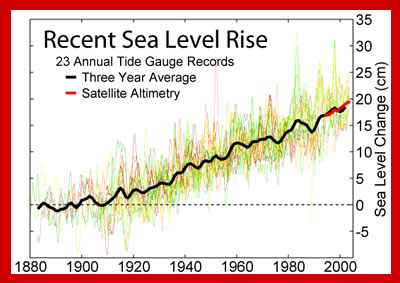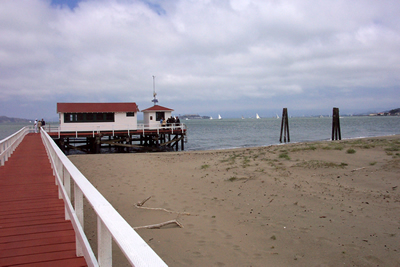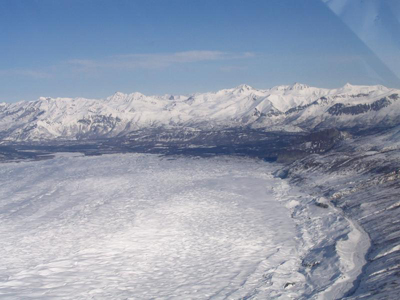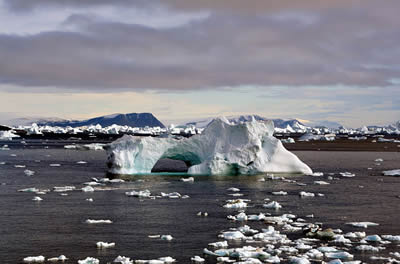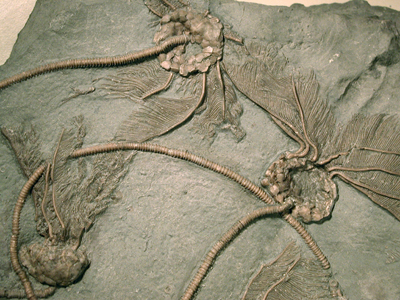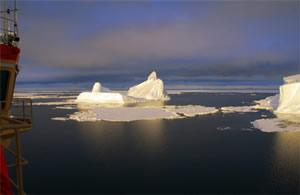Click on image for full size
Courtesy of Robert A. Rohde/Global Warming Art Project
Climate Change and Sea Level Rise
The coast of Bangladesh is home to millions of people, however rising sea level caused by global warming is expected to change that. This South Asian country is one of many low coastal areas worldwide where homes, towns and cities are in jeopardy of being flooded as sea level continues to rise.
Currently, global sea level is rising about 3 mm per year (about 1/8 inch.) Scientists are still trying to pin down exactly how much sea level rise we can expect during the 21st Century. The Intergovernmental Panel on Climate Change estimates 18-59 centimeters (7-23 in) of sea level rise. If an ice sheet were to slide into the ocean, sea level would rise much faster.
How does global warming cause sea level to rise? There are two reasons. First, when climate warms, water that is on land in glaciers and ice sheets melts and makes its way down rivers to the ocean. Second, as seawater warms, the water molecules move further apart which makes the water take up more space. Scientists suspect that more than half of sea level rise today is due to warmed and expanded sea water.
Climate changes in the geologic past have caused sea level to rise and fall numerous times. For example, during the last ice age, 20,000 years ago, sea level was 130 meters (426 ft) lower than it is today. Water was trapped in huge ice sheets lowering the amount in the oceans. As the climate warmed, the ice melted and sea level rose rapidly from about 15,000 years ago to 8,000 years ago.
Today, there are large human populations living in coastal areas worldwide that would be affected by rising sea level and the flooding and erosion that it causes. Freshwater supplies could become contaminated with salt water and farmland could become flooded. Many countries are looking for new technologies to protect people from rising seas.


